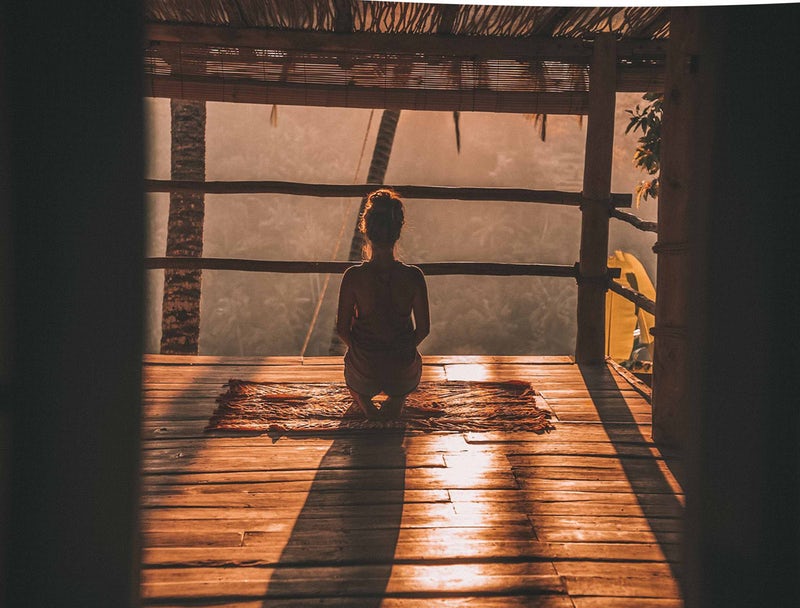Last month we discussed the health benefits of alone time. Now onto my one of my favourite topics-exercise. It is possible to do either too much or too little exercise. As an Integrative GP, I often see a number of patients aka ‘gym bunnies’ who are doing waaaay too much. Overtraining is becoming more common these days but luckily the message is finally getting out there that, like everything, moderation is best. Before we get into the debate of too much versus too little exercise let’s look at the science behind exercise and the benefits to our health.
The benefits of exercise include (in what I feel is the order of importance):
· Improving your mood. Exercise helps us reduce our risk of depression and anxiety. A stroll in nature can be a great emergency treatment for anxious moments.
· Increasing your chance of living longer. Even 150 minutes a week of moderate-intensity aerobic activity can reduce your risk of dying early. And 7 hours a week of physical activity will give you a 40 percent lower risk of dying early compared to those doing less than 30 minutes a week activity.
· Improving your brain function. We think, and learn better with regular exercise.
· Helping you to control your weight. Although both diet and physical activity are important to control your weight, it is usually easier for most people to increase their activity than restrict their food. It is also not as simple as eating less and exercising more to balance out the calories. There are many factors that can affect whether or not you will lose or gain weight, for example an unhealthy microbiome is linked to obesity. It is because we are so individual that the exact amount of exercise that we need to maintain or lose weight will depend on each person and so it is best to have an exercise program tailored to you. It is even possible with gene testing to work out which is the best type of activity for you.
· Reducing your risk of disease. This includes reducing your risk of heart disease, stroke, type 2 diabetes, pre-diabetes, some cancers (especially breast and colon).
· Strengthening your bones and muscles. This includes helping you reduce your risk of fractures, manage the pain of arthritis and slow and even reverse the muscle mass that occurs with age.
· Improving your mobility and helping to prevent falls. The more active we are the less likely we are to develop immobility and fall over as we age.
There are specific benefits associated with the various types of exercise:
-
Cardio: This can give us a great ‘after workout glow’ from the release of adrenaline that is usually associated with this type of exercise.
-
Strength work: Doing strength work, tells your body ‘you are not ageing’. How great is that! My personal favourite is High Intensity Interval Training (HIIT) as you can get an effective workout in only 7 minutes. The slight caveat that I tell my patients is not to do the ‘plyo-split squats’ or ‘burpees’ exercises that commonly feature in these programs as they are too hard on your knees and back respectively.
-
Restorative type exercise such as yoga/pilates/qi gong/tai chi: This type of exercise is great at increasing our flexibility and also for calming down our sympathetic (fight or flight) nervous system. This allows your parasympathetic nervous system, the one responsible for rest and repair, to help relax us and undo the damage of our stressful lives.
So how to exercise safely?
Whilst the health benefits of physical activity far outweigh the risks of getting hurt, it is important to bear the following information in mind.
-
Start slowly.The main risks associated with starting an exercise program are if you suddenly becoming more active than usual. These risks can range from minor sprains to heart attacks. This isn’t to scare you but just to emphasize the importance of starting slowly. As a GP, I saw many weekend warriors on a Monday who do nothing all week and then suddenly expect their bodies to be able to run around a rugby field or netball court for a whole game with no consequences. If you haven’t exercised for even just a few weeks then start by going for a walk (in nature is best) for 10-30 minutes (depending on your fitness level and age and general health). Aim to be able to hold a conversation, which will mean your body is working at the right level of fitness for someone starting back with exercise. Gradually increase (by no more than 10% per week) the amount of exercise, either in terms of distance or time.
-
Have a health check prior. This is to exclude diseases that might affect your ability to exercise and to perform some basic observations, such as blood pressure. Also, if you have any pre-existing diseases such as heart diseases, check these will not limit your ability to exercise. Your GP should also be able to guide you regarding an activity program that will be suitable for your medical condition.
-
Don’t exercise too much! Yes, this is possible! If you are becoming obsessed and your family have set up a sofa in the gym so they can spend time with you, it may be time to back it off a bit! If you’re not sure if you are doing too much, check with your healthcare provider.

